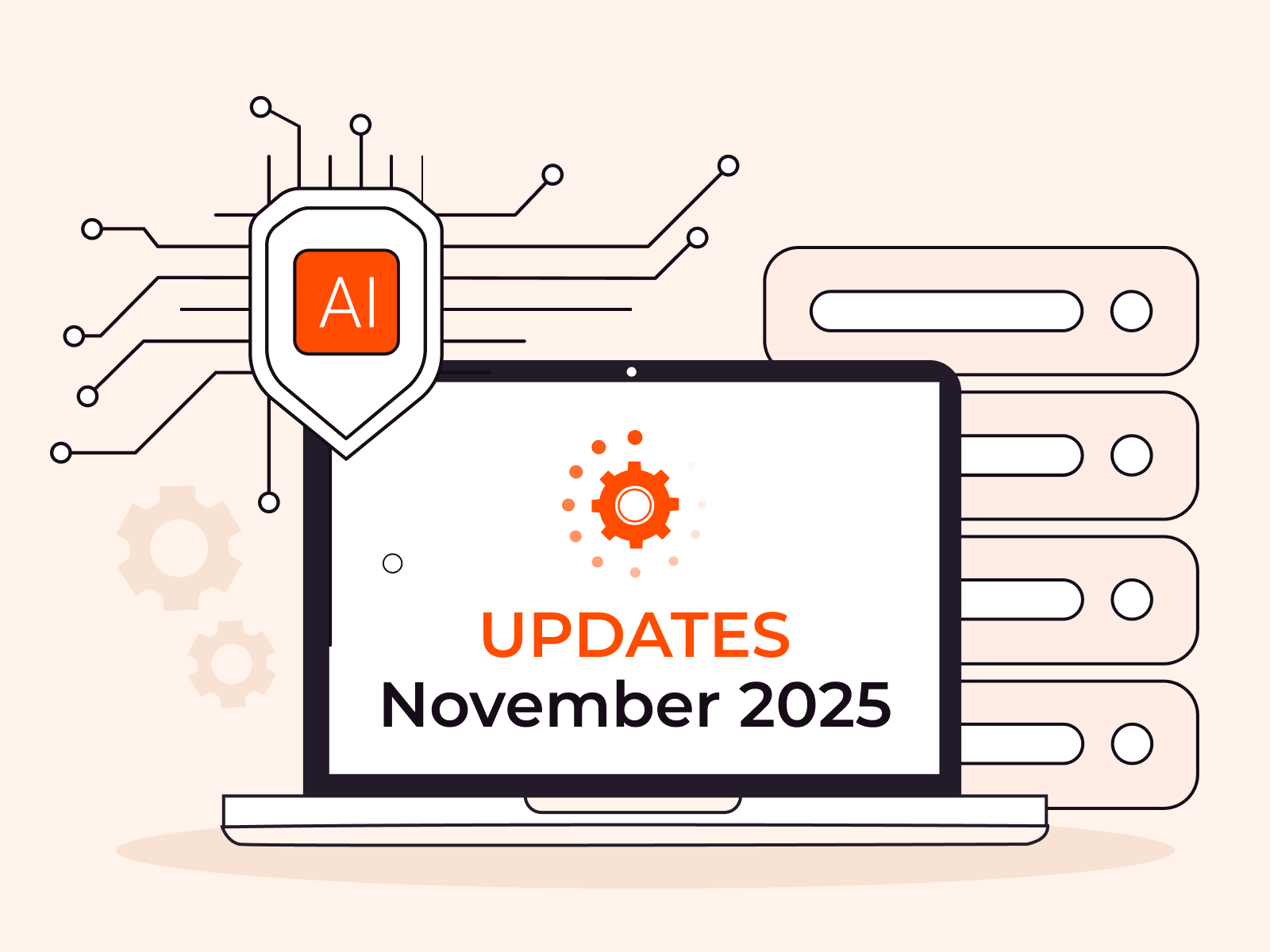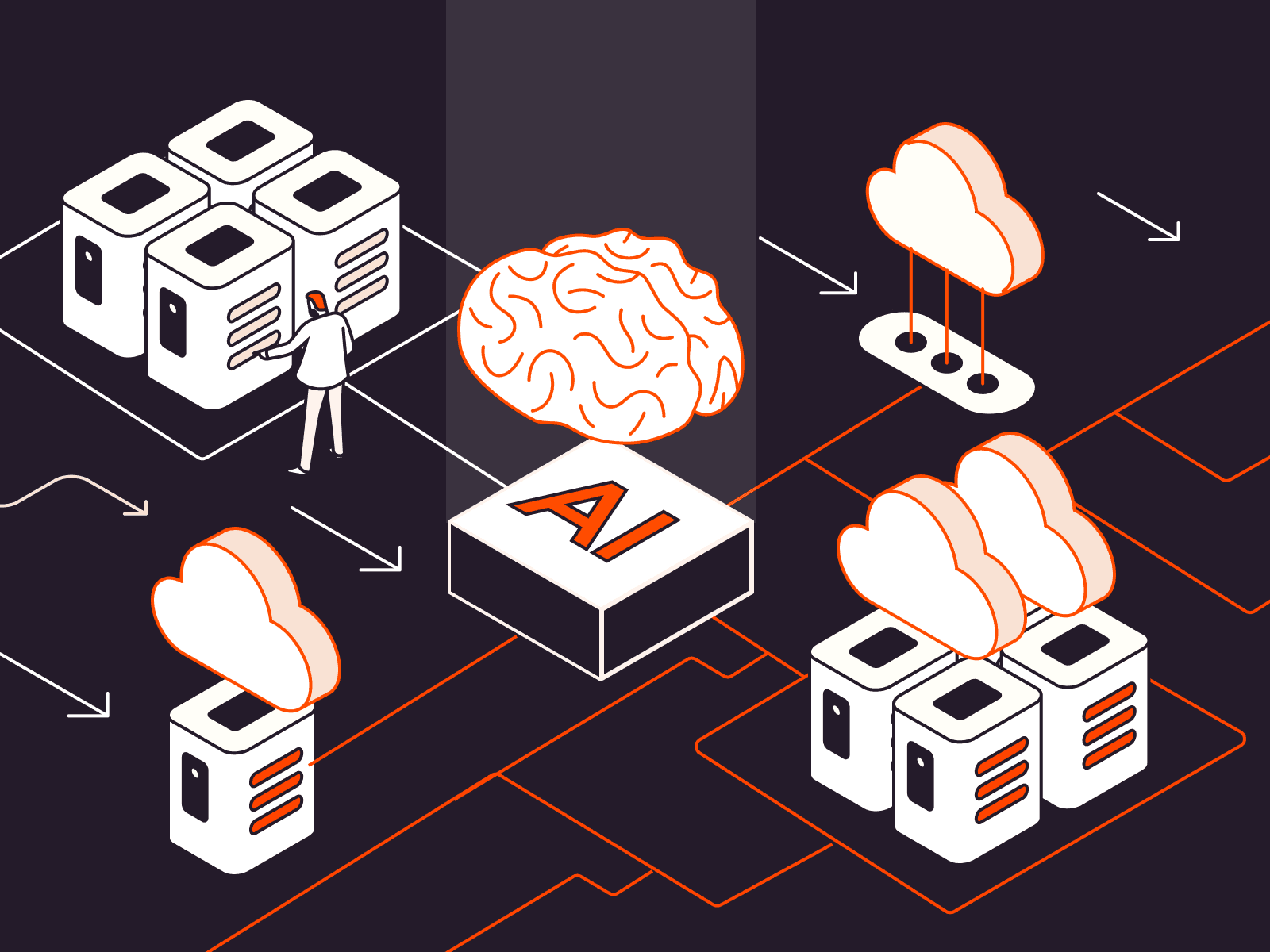Inference takes the lead in AI innovation
- December 23, 2024
- 4 min read

Training AI models has become an incredibly resource-intensive endeavor, requiring immense computational power and a significant investment in expertise. This complexity has created a barrier that only a handful of companies can realistically overcome. Tech giants are leading the charge in training large-scale foundational models, leveraging their unmatched resources and specialized teams.
For most other organizations, the focus in 2025 will shift to fine-tuning and inference. Rather than starting from scratch, businesses can adapt pretrained models to suit their specific needs, making AI more accessible and cost-effective. This approach allows companies to harness the power of AI without needing to build extensive infrastructure or assemble teams of highly specialized researchers. By narrowing the scope to fine-tuning and inference, businesses can remain competitive in an AI-driven world without shouldering the immense costs and challenges of model training.
Inference on the rise: predictions for 2025
As AI embeds itself deeper into the fabric of various industries, inference is taking center stage as the key to unlocking real-time, actionable insights. Its importance is growing rapidly, driven by the need for faster decision-making, the proliferation of connected devices, and the push toward decentralized computing. By 2025, inference will be a cornerstone of AI applications, with several trends defining its trajectory.
One notable shift is the increasing demand for instant insights across sectors like retail, finance, and healthcare. Businesses are now relying on AI systems that can analyze data and generate responses in milliseconds. For example, customer service chatbots must provide quick, coherent answers to maintain user satisfaction, while predictive maintenance systems in manufacturing need to process sensor data immediately to preempt equipment failures. The emphasis on speed and precision is reshaping how inference engines are designed and deployed.
The explosion of Internet of Things (IoT) devices is another factor accelerating the rise of inference. These devices, from industrial sensors to connected home gadgets, produce a continuous stream of data. In sectors like transportation, AI-powered traffic management systems rely on real-time analysis of this data to adjust signals dynamically and reduce congestion. The sheer scale of these applications demands robust inference capabilities that can handle data flows without delays, providing optimal performance.
Edge inference is emerging as a transformative solution to meet these demands. By processing data closer to its source, edge computing eliminates the delays caused by sending information to centralized data centers. This localized approach not only reduces latency but also lowers bandwidth costs and enhances data security by keeping sensitive information on-site. It is especially critical for time-sensitive applications like autonomous vehicles, where even a split-second delay could result in catastrophic outcomes, or in healthcare, where real-time patient monitoring can be life-saving.
Inference is evolving from a technical process into a strategic advantage, enabling businesses to deliver faster, smarter, and more secure AI solutions. As it becomes integral to everything from customer interactions to operational efficiency, its role in shaping the future of AI cannot be overstated. In 2025 and beyond, inference will not just support AI applications; it will drive them.
Real-world use cases
Inference is already transforming industries, and its potential will only grow. Consider Walmart’s efforts in “adaptive retail,” an initiative to create highly personalized shopping experiences. By integrating AI into its operations, Walmart can deliver tailored offers, enhance fraud detection, and improve store efficiency—all powered by real-time inference.
Similar advancements are occurring across industries:
- Customer experience: AI inference enables instant translations, hyper-personalized recommendations, and seamless chatbot interactions, enhancing customer engagement.
- Operational optimization: Inference drives predictive maintenance, process automation, and demand forecasting, reducing costs and improving efficiency.
- Risk mitigation: From fraud detection to cybersecurity, AI’s ability to analyze threats in real time helps businesses stay ahead of potential risks.
The edge advantage in AI inference
The rise of edge computing is tightly interwoven with the growing importance of inference. By processing data closer to the source, edge technology provides four major benefits:
- Ultra-low latency: Inference applications like virtual assistants, self-driving cars, and smart home systems demand split-second decision-making. Edge computing eliminates the need to send data to centralized servers, reducing delays and providing smooth operation.
- Scalability for high-demand scenarios: In industries like retail or streaming, demand for AI services can spike unexpectedly. Edge computing allows workloads to be distributed across multiple nodes, keeping systems responsive during peak times. For example, a live sports broadcast with millions of viewers can use edge inference to analyze viewer preferences and deliver personalized ad content in real time.
- Enhanced security and compliance: For industries like healthcare and finance, where data privacy is critical, edge inference offers a safer alternative by keeping sensitive data on-site. This reduces the risk of breaches while promoting compliance with regional data protection regulations.
- Cost efficiency: Beyond low latency and security, edge computing significantly reduces costs by minimizing data transfer and central server reliance.
Preparing for the era of inference
As AI continues to evolve, businesses must make strategic decisions about their AI infrastructure. The ability to deliver low-latency, scalable, and secure inference applications will determine success in the years ahead. Here are some practical steps to prepare:
- Adopt edge technology: Partner with cloud providers offering robust edge capabilities to make sure your AI inference infrastructure meets performance demands.
- Optimize AI models: Focus on fine-tuning pretrained models for your specific needs rather than attempting full-scale training.
- Prioritize compliance: Check your AI systems adhere to regional data laws, especially if operating across borders.
Inference computing for 2025 and beyond, powered by Gcore
Gcore is a leading provider of the type of future-proofed edge infrastructure needed to shepherd inference computing use cases into 2025. Our expansive content delivery network (CDN) platform supports real-time inference for AI applications like customer service chatbots, fraud detection, and recommender systems, delivering low-latency responses. Gcore has the edge computing power, global reach, and robust security to help companies deploy and scale AI models on a flexible, powerful infrastructure.
At Gcore, we recently announced an enormous boost to our Edge AI capacity with our Finland-based NVIDIA H100 GPU cluster and new cutting-edge GPUs: NVIDIA GB200 and H200. With next-gen scalability, speed, and efficiency, these advances set the stage for groundbreaking AI advancements for our customers.
Related articles
Subscribe to our newsletter
Get the latest industry trends, exclusive insights, and Gcore updates delivered straight to your inbox.






